
Henna keeps your hair healthy and strong, but it is also great for your wallet. While having your hair dyed in a salon can cost up to a hundred dollars or more, and a box of dye from the store can be around ten dollars, each application of henna can cost as little as $3.00 if you know the best ways to order. Here are the not-so-secret secrets that the staff at Ancient Sunrise® would love for you to know for money-saving tips.
1. Order Samples First
If you are new to henna or Ancient Sunrise®, we highly recommend ordering samples to try out before buying a full-sized product. Your patience will be well worth it. Ancient Sunrise® sells samples of all plant dye powders and Henna for Hair kits in portions just large enough to test on some hair harvested from your hair brush or a recent haircut, or to try on an inch-wide section on your head. Prices range from $1.50 to $4.49, and shipping for samples is always free.
Call, chat, or email with the customer service staff to determine which samples would be best for you to try. Once you have done your strand tests, you will be ready to order a full-sized kit, or your plant powders of choice. If your test strands didn’t come out the way you wanted, the customer service staff will work with you to find the mix that works best for your needs.
Ordering samples saves you from spending money on a product that ends up producing results you may not like. Switching to henna is exciting and you may be tempted to jump right in, but you’ll be happy that you took the time to test.
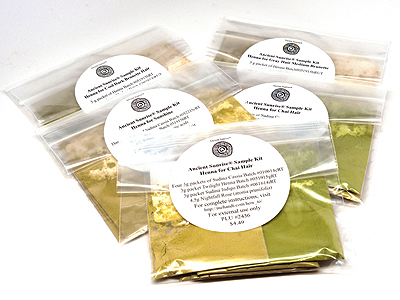
2. Order in Bulk
Most customers who start with a kit eventually switch to ordering their plant dye powders in bulk quantities once they are familiar and comfortable with the process. All of the products on the kits are available for individual purchase. The Ancient Sunrise® Henna for hair kits are convenient in that they provide all of the necessary ingredients in the correct proportions, as well as a detailed instruction sheet, gloves, and an applicator bag. The trade-off is that they are a few dollars more expensive. When you order in bulk, you’re shipping may increase a little, but it will be more economical than paying to ship every month.
The plant dye powders will last for years if kept sealed, dry, and at a moderate temperature. Henna and cassia powders may be kept in the freezer (Indigo should never be frozen). Once you have decided on your perfect mix, you can stock up on your ingredients. Not only will you save money by ordering in bulk, but you’ll only have to pay for shipping once. Also, you’ll have the peace of mind of knowing you never have to place a last-minute order after running out of your supplies.
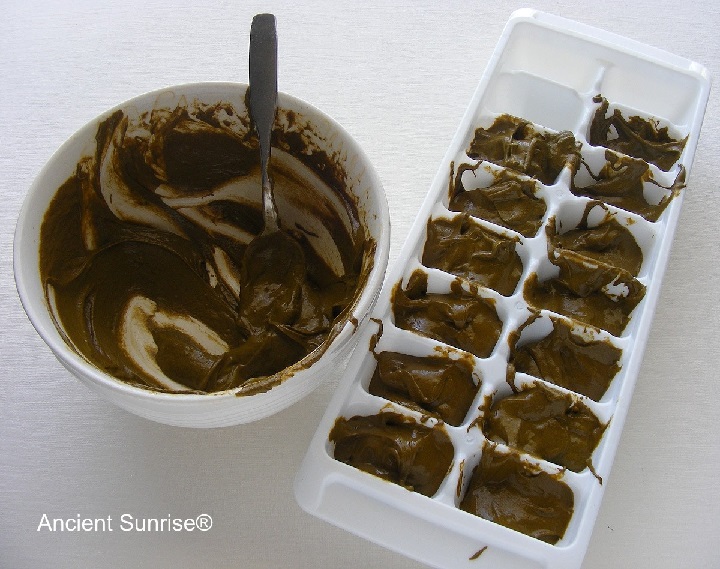
It is especially important to stock up on indigo powder before the winter months. Indigo will become unusable if subjected to freezing temperatures. We do our best to insulate indigo shipments during the winter (you can also request extra insulation for a fee). We cannot control what may happen to the packages while they are on their way to you. It is always best to stock up in the fall before freezing temperatures set in.
3. Stick to Root-only Applications
One of the best benefits of henna for hair is that it does not fade. In fact, over-application may cause your color to darken. After your first full-head application, it is only necessary to dye your roots as your hair grows.
Most customers use anywhere between 30g to 100g for a root touch-up, depending on the thickness of their hair and the accuracy of their application. This means that the cost of a root touch-up can cost as little as $3.00 (or less, if you ordered your powders in bulk) and one 100g packet of henna can last for three applications. If a person is using only henna and touches up their roots once a month, the cost for a whole year’s worth of henna comes to less than $50.
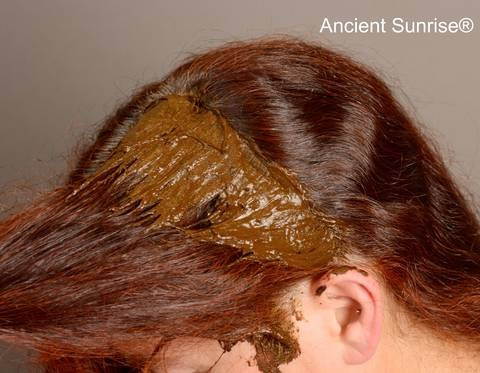
Those who are using only henna or henna/cassia mixes can take advantage of the fact the henna and cassia paste can be frozen. Mix a large amount of paste all at once, dye-release it, and separate it into smaller portions. The paste can be kept in the freezer for upwards of six months. Just thaw and apply!
When using a mix of henna and indigo (and/or cassia), contact the customer service office for customized measurements for root applications. This ensures that you are using the same ratios in a smaller amount, and prevents excess waste.
Pro Tip: learn how to measure your powders: https://www.ancientsunrise.blog/how-to-measure/
4. Keep a Backup Supply
If you are not ready to place a bulk order yet, it is highly recommended that you order at least enough for one regular application, plus enough for touch-ups. In the case that you use all of your order to dye your hair only to find that you missed a spot, or the color came out too light, the last thing you’ll want to do is place a second order and wait several days to receive more product.
For those who use both henna and indigo, it is great to have an extra packet of indigo on hand. If your roots did not take enough color, or if you wish to darken your results, having extra indigo makes solving these problems quick and painless.
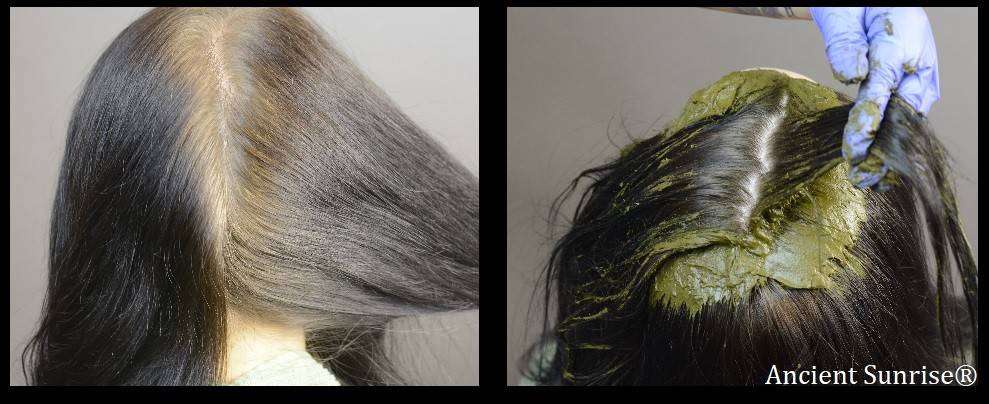
As mentioned above, it is always great to have extra henna on hand because henna paste can be frozen for long periods of time.
Fruit acid powder is great to have handy also. It prevents unnecessary runs to the store for fruit juice and ensures consistent color results.
Finally, I personally always have a pouch of Ancient Sunrise® Rainwash Mineral treatment in the house for regular clarifying and pre-henna cleansing. One pouch of Rainwash is enough for about ten treatments and is much more cost-effective than ordering individual single-use packets. It is great for keeping my results bright and my hair soft.
5. Contact Customer Service Directly
It is always a good idea to order your product directly from a customer service agent via phone, email, or online chat. Not only are they very knowledgeable and fun to talk to, but they can make sure to apply any discounts that might be available, and check for your cheapest shipping option.
Www.mehandi.com is a wonderful and fast way to place your order but may charge more for shipping depending on where you live. If you live near Ohio, customer service agents may be able to decrease your shipping fee. If you are placing a small order, such as three 100g packets or fewer, CS will be able to adjust the shipping option to a flat-rate envelope. If you are ordering a larger supply and are on the west coast, larger flat-rate boxes are available, which may cost less than shipping to your location by weight.
One reason they are able to do this is that they can manually adjust an order to be packed more efficiently. On the website, bulk order options are calculated by weight and location, and there is a $2 handling fee. Customer service can place an order for as many individual packets as you’d like, and more than likely can save you a little bit.

Ancient Sunrise® customer service staff is available Monday, Tuesday, Thursday, and Friday, 9 am – 5 pm Eastern Time through phone, email, or online chat. Phones are answered before chats, so if you need to place an order quickly, feel free to call. If you reach the voicemail, please leave a message with your name, number, and the nature of your call. This is still a small company, and on busy days, they will do their best to return your call as soon as possible.
You may also like to send an email with your order, your phone number, and the time you’d like to be called. This can often expedite your ordering process because the representative can have your order set up before calling you, and you will simply need to complete your payment with your credit card information.
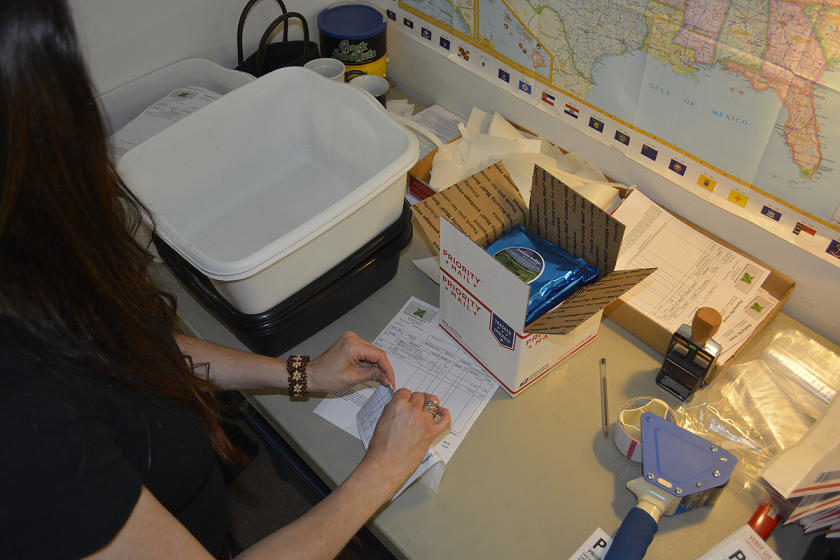
6. Options for International Orders
If you are ordering from outside of the United States and don’t mind waiting longer for your shipment, you can choose to have it sent via First Class shipping rather than Priority. Priority packages ship within 6-10 business days to most places, but will be more expensive. First Class shipping is slower but more affordable. In some countries, customers find that they still receive their package relatively quickly. You can choose this setting when you order online, or request it when you order with customer service. Keep reading to learn about adding insurance to your international package.
Note: The First Class shipping option is only available for packages that weigh four pounds or less.
7. Consider Spending a Few Extra Dollars to Protect your Package
We will do our absolute best to ensure that your order gets to you safe and sound, but there are always rare occurrences that are outside of our control. Once the package leaves our warehouse, it is at the mercy of the weather, fate, and the US Postal Service. While it doesn’t seem like this belongs in money-saving tips, it actually can save a lot when unforeseen circumstances happen.
All domestic packages valued under $100 are insured by USPS. That means that in the case of a lost, stolen, or damaged package, we can help you file a claim to be paid back the value of your package. If your order is valued at $100 or more, we offer the option of insuring the full value or your order with USPS for just a few extra dollars. No one wants to place a large order and lose over a hundred dollars on a lost product. Consider adding this insurance especially if you have noticed difficulty receiving packages in the past, or if you live in an area where it is common to have packages stolen from doorsteps. For international orders, you can ask for additional insurance on any Priority packages valued over $200.
You can also request the option of requiring a signature upon delivery. This option also only costs $3.00 and will ensure that you and only you will receive your package. If you are not present at the time of delivery, USPS may leave a note on your door and return the following day to attempt delivery or may provide information on where you can retrieve your package.
Finally, as mentioned above, some products such as indigo and Becoming Moonlight® Gilding Paste are sensitive to cold temperatures. During the colder months, we insulate such packages. You may request extra insulation for a fee if you live in a particularly cold area, or are concerned about your package staying outside until you come home. If you would like to request overnight shipping, you can call customer service with your order and request USPS Express shipping.
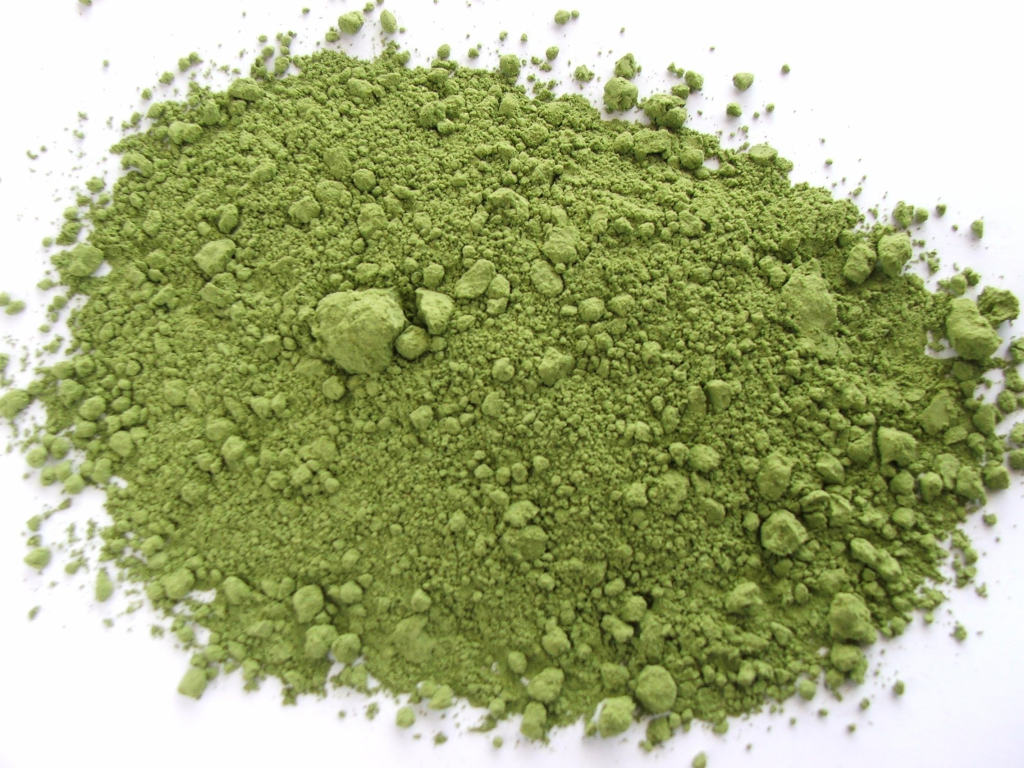
8. Follow the Facebook Pages
We offer weekly discount days as well as occasional sales on special products. The best way to keep up with our promotions is to “like” our Facebook page and join our public group. All discount days and special promotions will be posted on these pages. New product releases will be announced here, as well as new blog articles.
The Ancient Sunrise Henna group is a great community of customers and staff members. We enjoy seeing photos of henna for hair results, and sharing techniques and mixes. This group is also a good way to ask questions and get answers outside of customer service hours. We sometimes use this group to ask for customer input through polls and surveys as well. If you have money-saving tips, perhaps share it with your friends in the group.
In the rare case that we close early or have technical malfunctions, we will make announcements on our Facebook pages. These pages are truly one of the best ways to keep in the loop with everything that may be happening at Ancient Sunrise®.

9. Take Advantage of Discount Days
We have special offers for call-in orders nearly every weekday. Our most popular discount day is Thrifty Monday. Every Monday, all products (except multipack prices, sale, and clearance) are 10% off. Orders must be placed directly with customer service through phone, email, or chat to receive a discount.
If you miss Monday, some or all of your order may be eligible for Relaxed and Natural Thursdays. The products we recommend for people with relaxed or natural textured hair will be 10%. This includes Ancient Sunrise® Rarity Henna, Ancient Sunrise® Delicate kits, Ancient Sunrise® Zekhara indigo, Ancient Sunrise® Clarity Cassia, Ancient Sunrise® Amla, Ancient Sunrise® Mango and Cocoa Seed Butters, Spellstone® hair combs and loc ties.
Finally, Fridays when you order directly with customer service, you won’t be charged more than $9 for domestic shipping.
10. Stylist Discount
If you are a stylist using Ancient Sunrise® products on clients, call customer service or email salons@mehandi.com to get set up with our discount program. Register with your copy of your cosmetologist license and spend $500 on qualifying Ancient Sunrise® products, then receive 25% off all future qualifying purchases. Start by purchasing any four Ancient Sunrise® Henna for Hair kits and getting a fifth free! Purchases up to the $500 requirement can be made over time as your henna for hair business grows. We’ll even list your business on our recommended stylist’s page. Please note that this is only for those who use our products in a salon, spa, or similar business, and requires a valid license.
11. Use your Rewards!
They say save the best for last, and this is the BEST out of all of our money-saving tips. Each time you place on Mehandi.com or with our customer service team, you’re earning rewards. Every dollar spent on product = 1 point; every 10 points earned = $1 off your purchase. When you use your rewards on an order, that order will not gain more rewards. If you’re not sure if you have rewards, you can click on this link: https://www.mehandi.com/MyRewards.asp. The best part? There is no expiration!
12. Referral friends, families, and anyone who loves your hair!

Visit Mehandi.com, scroll down to the bottom, and sign up for our referral program. For every successful referral you make, you’ll earn 100 reward points (that’s $10!). Plus, the person you refer will get $10 off their first order. Rewards are only added for genuine referrals.
Final Notes
We will always do our best to provide you with the best products for the best price we can give you. Please know that customer service representatives are not authorized to give out free products, to haggle on prices, or give discounts on non-promo days. Please do not harass them. Doing so will not increase your savings. Customer service will always help to decrease your costs as much as possible within the limits of what discounts are available. Remember to say thanks, and tell them how awesome they are! They work very hard and love to hear your success stories.
Now that you know the best money-saving tips for ordering at Ancient Sunrise®, you can treat your hair to wonderful products for years to come, and save yourself from the cost and hair damage of visits to the salon. Tell your family and friends! Use the money you’re saving to buy their first Ancient Sunrise® Henna for Hair kit! Pitch in together to split a bulk order! We love spreading the henna love and are so happy you’re with us.
Author: Rebecca Chou
Updated Jan 2022: Maria Moore


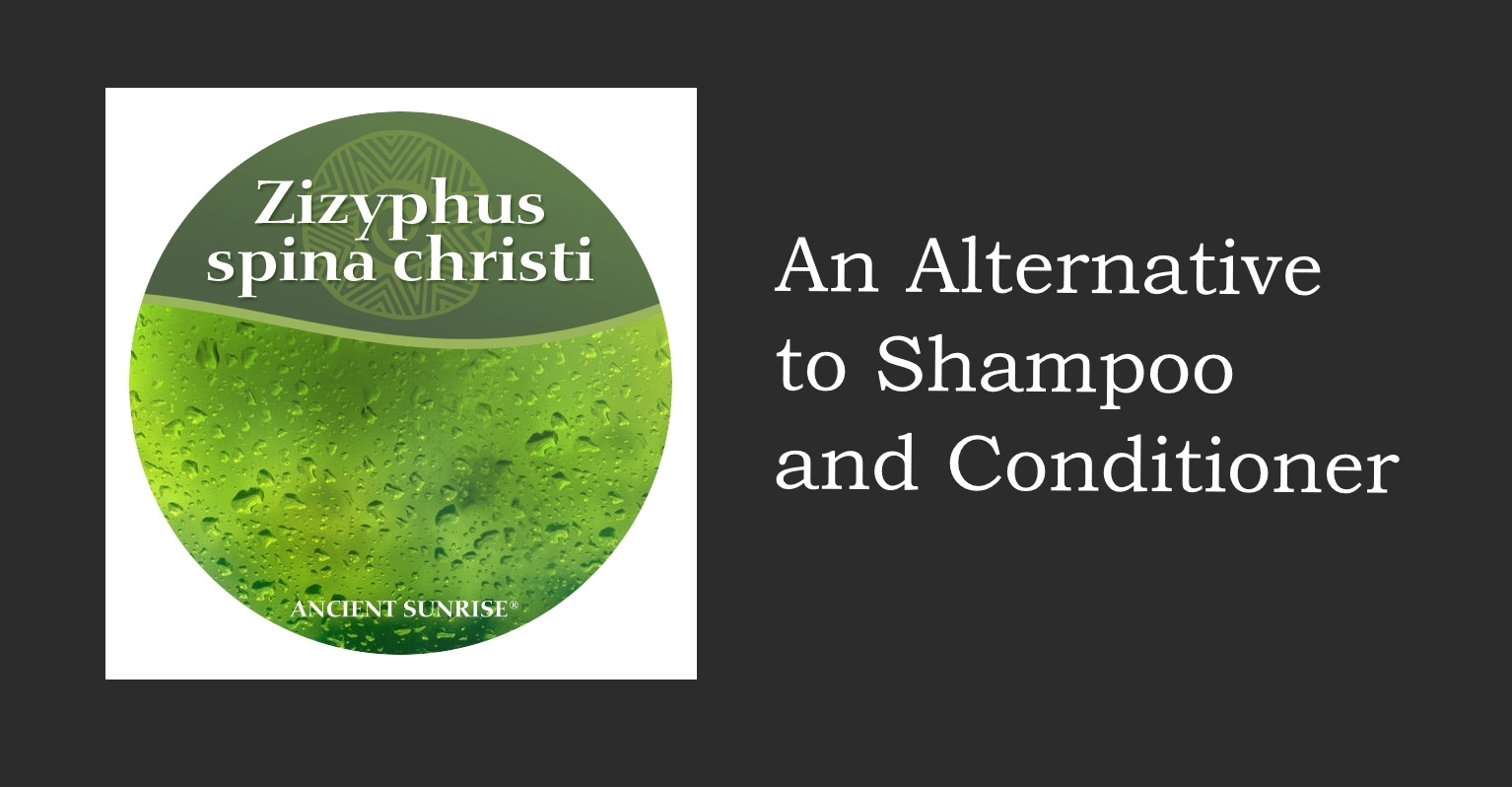
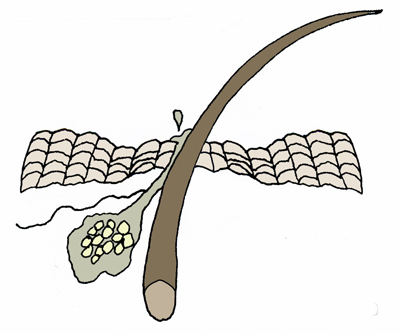
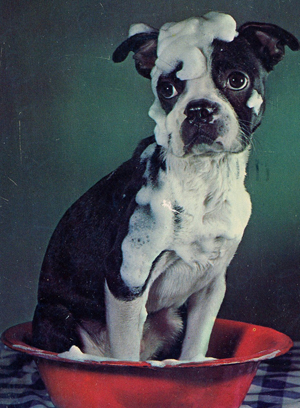

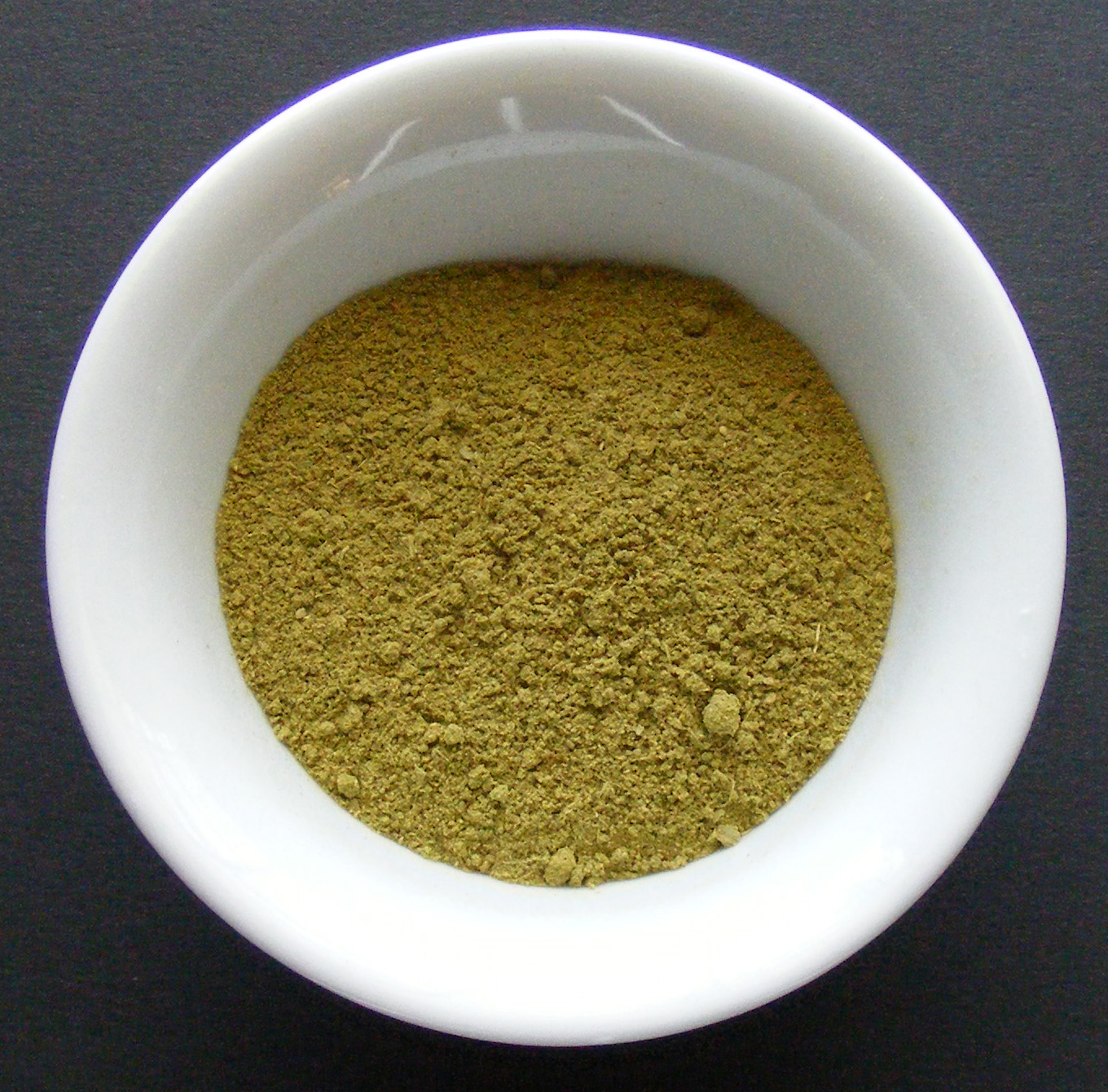
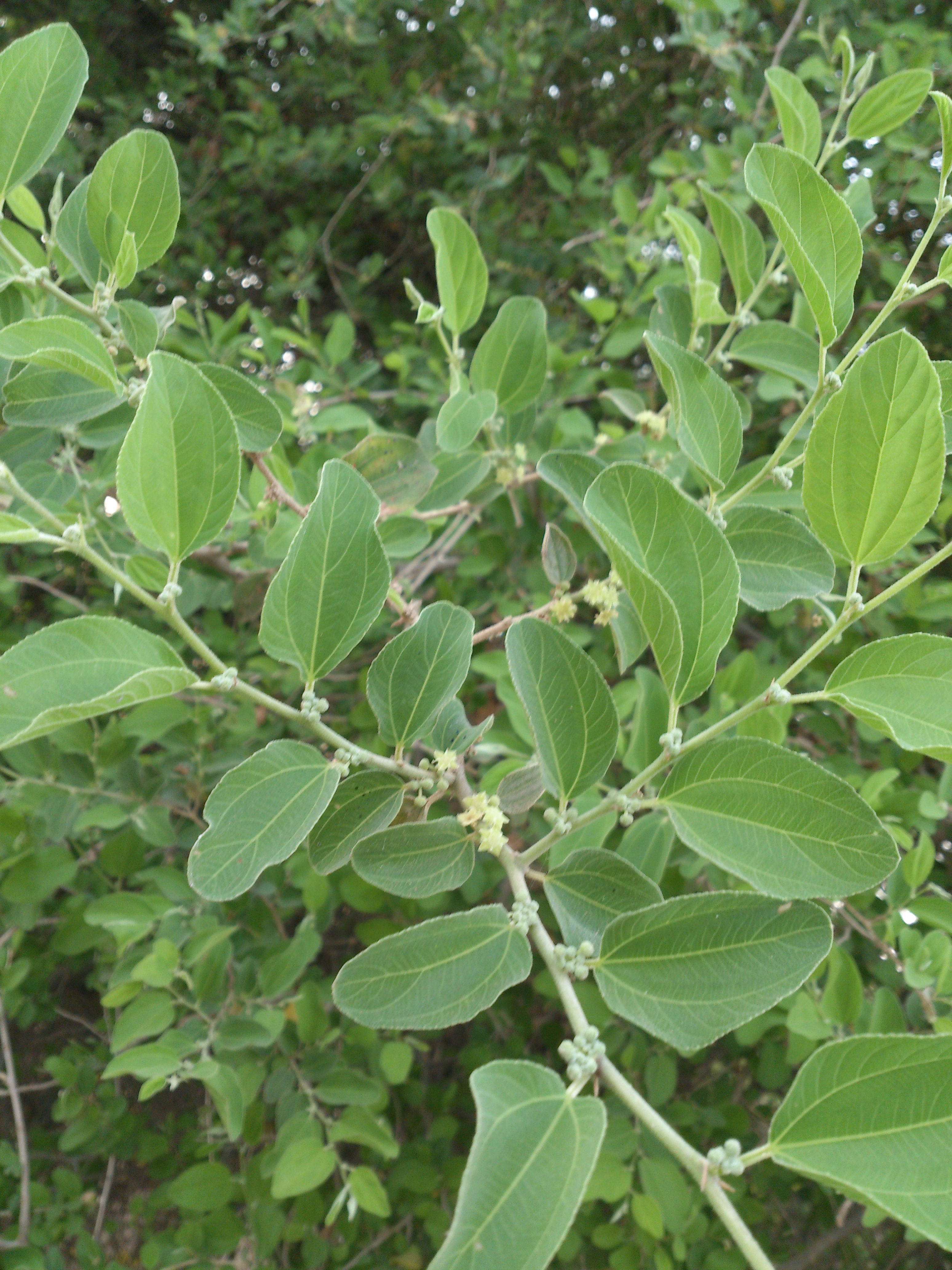
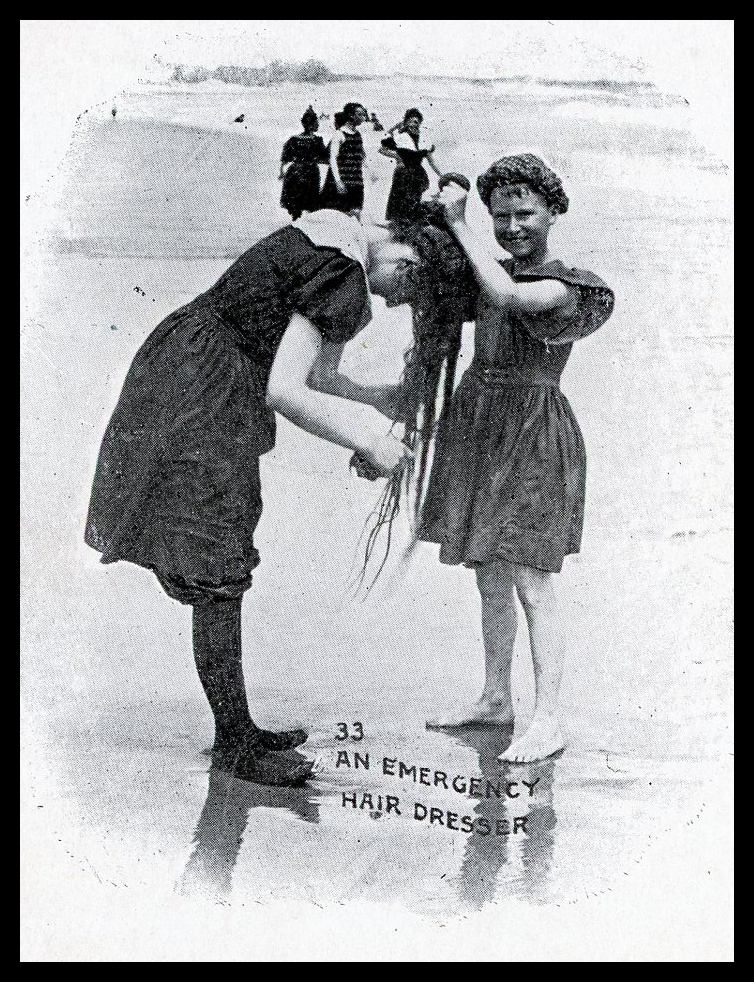

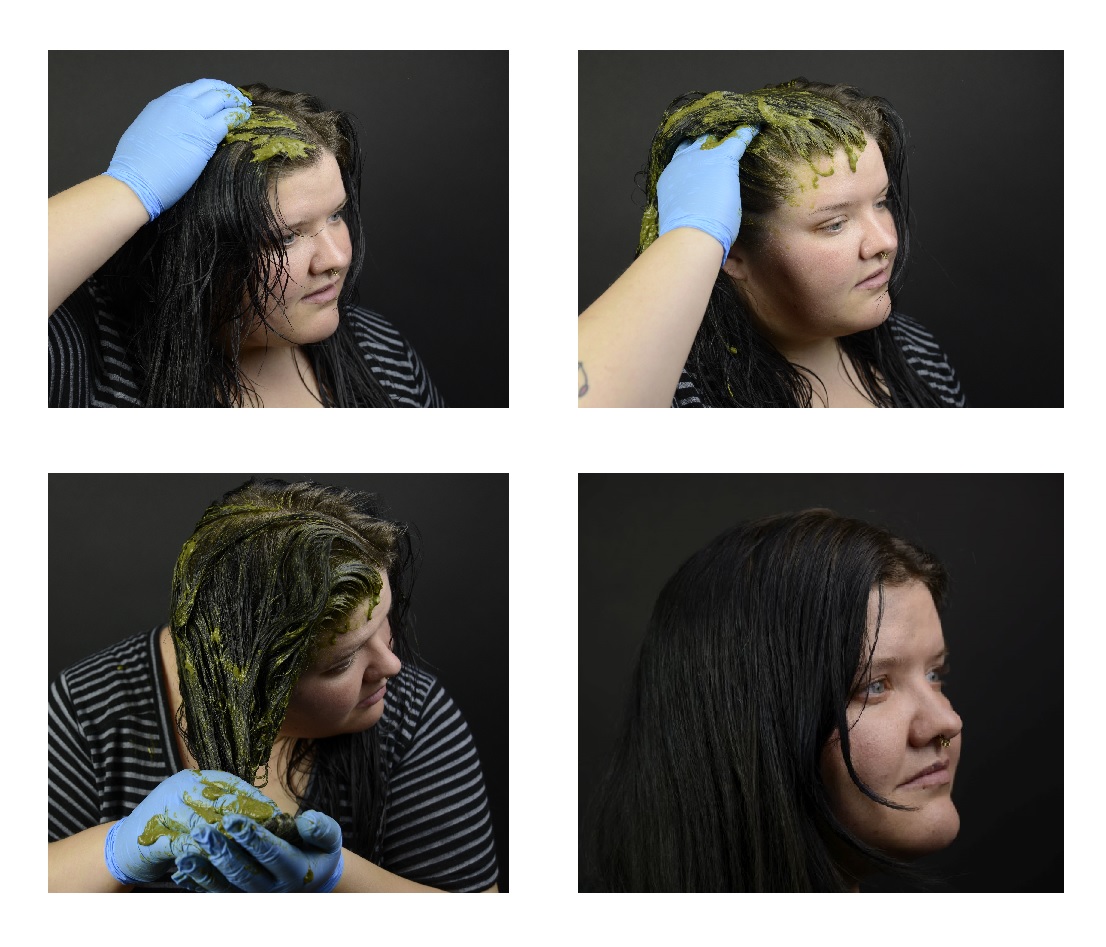


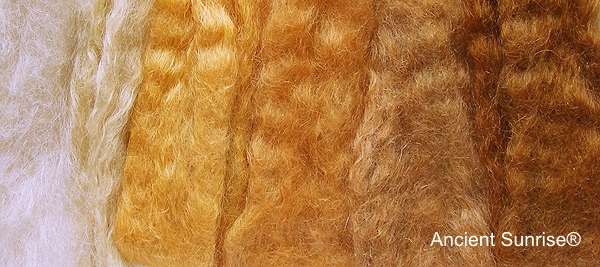
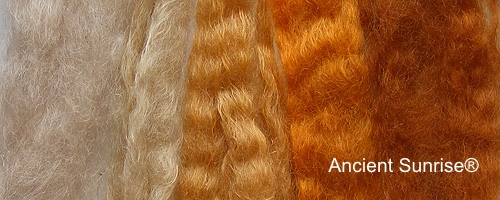
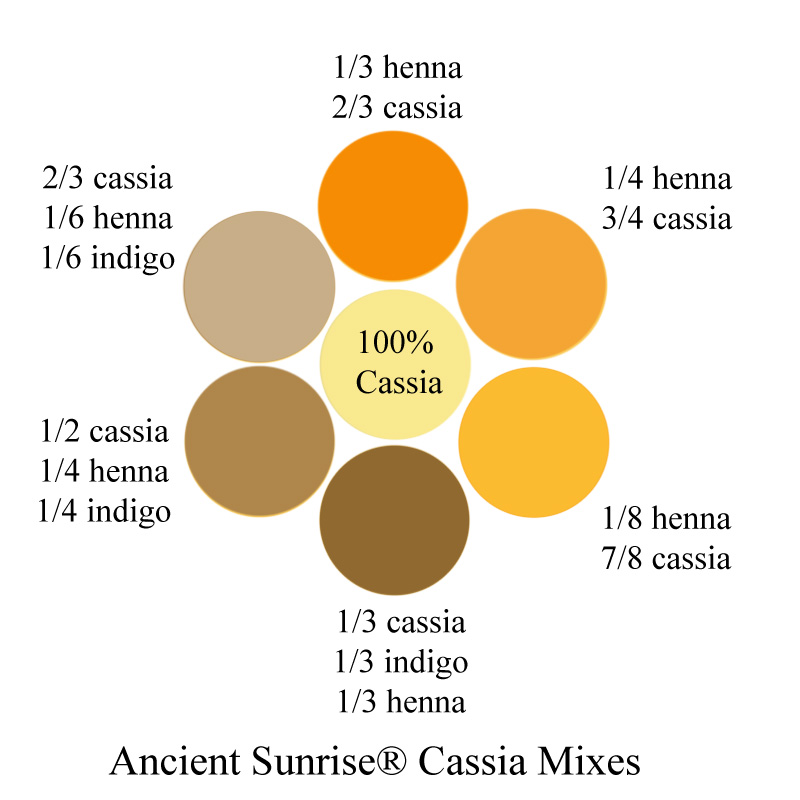

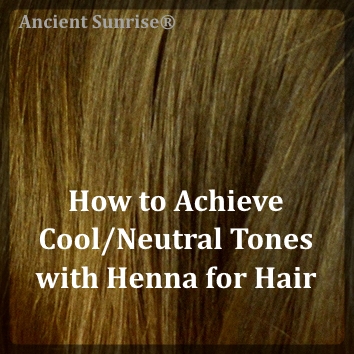

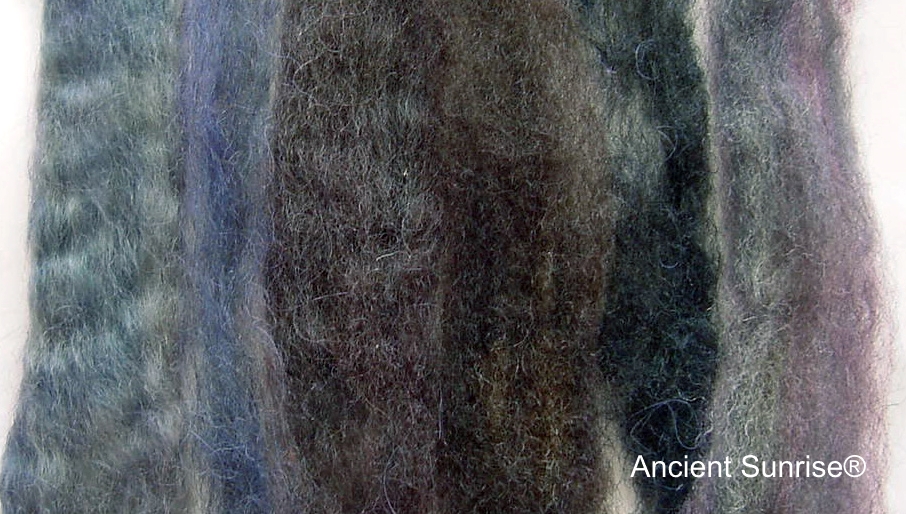
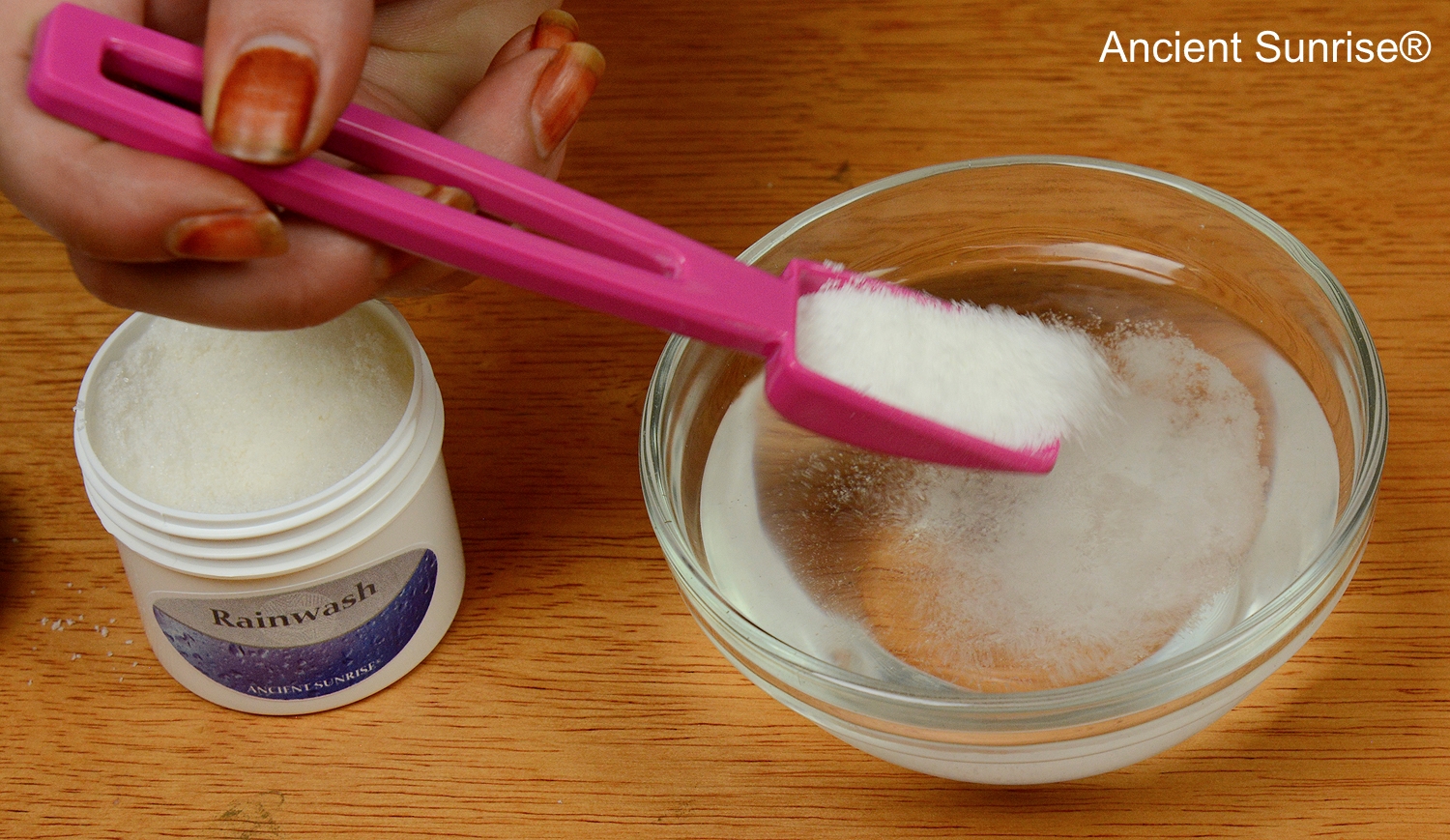
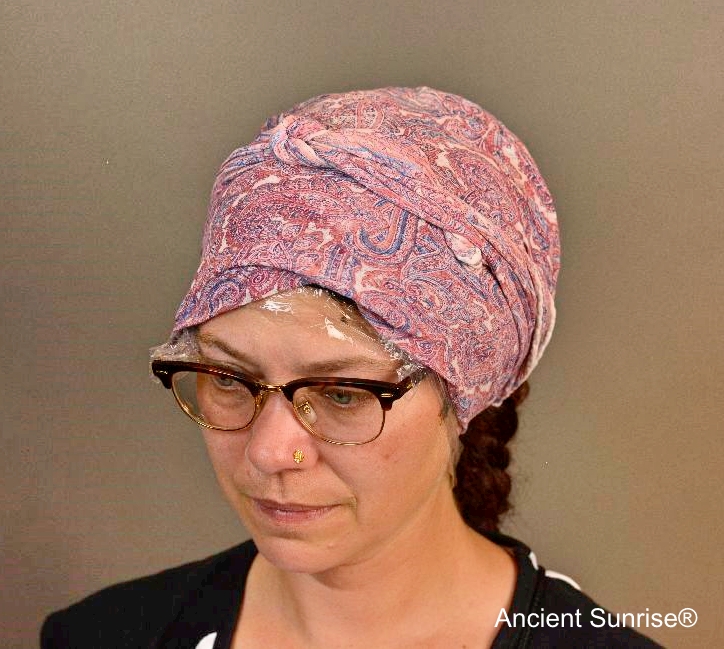

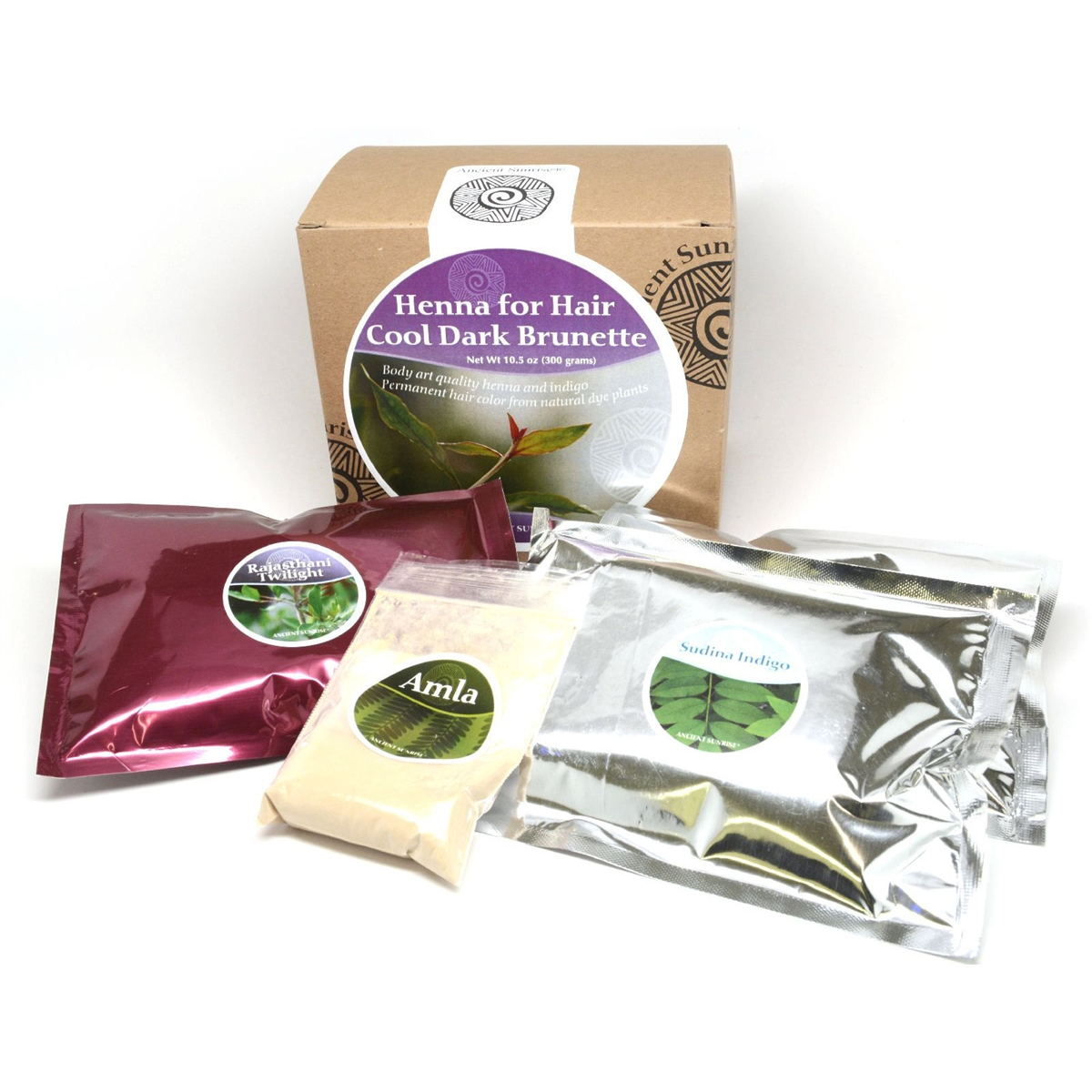
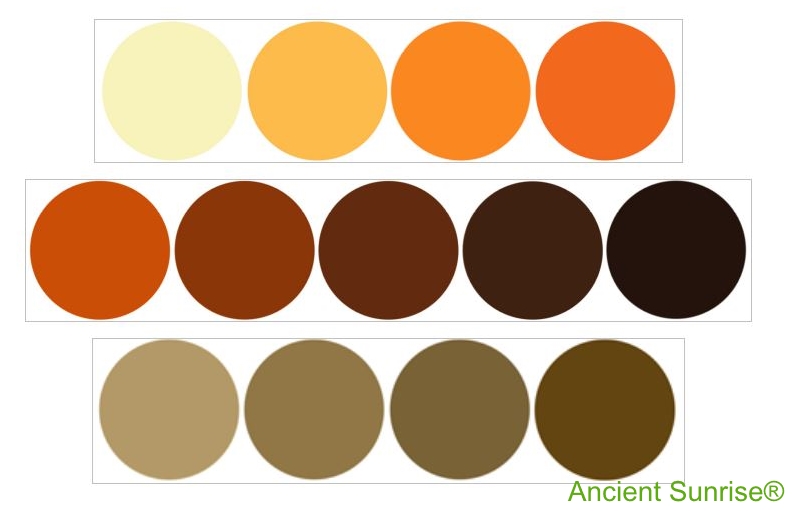

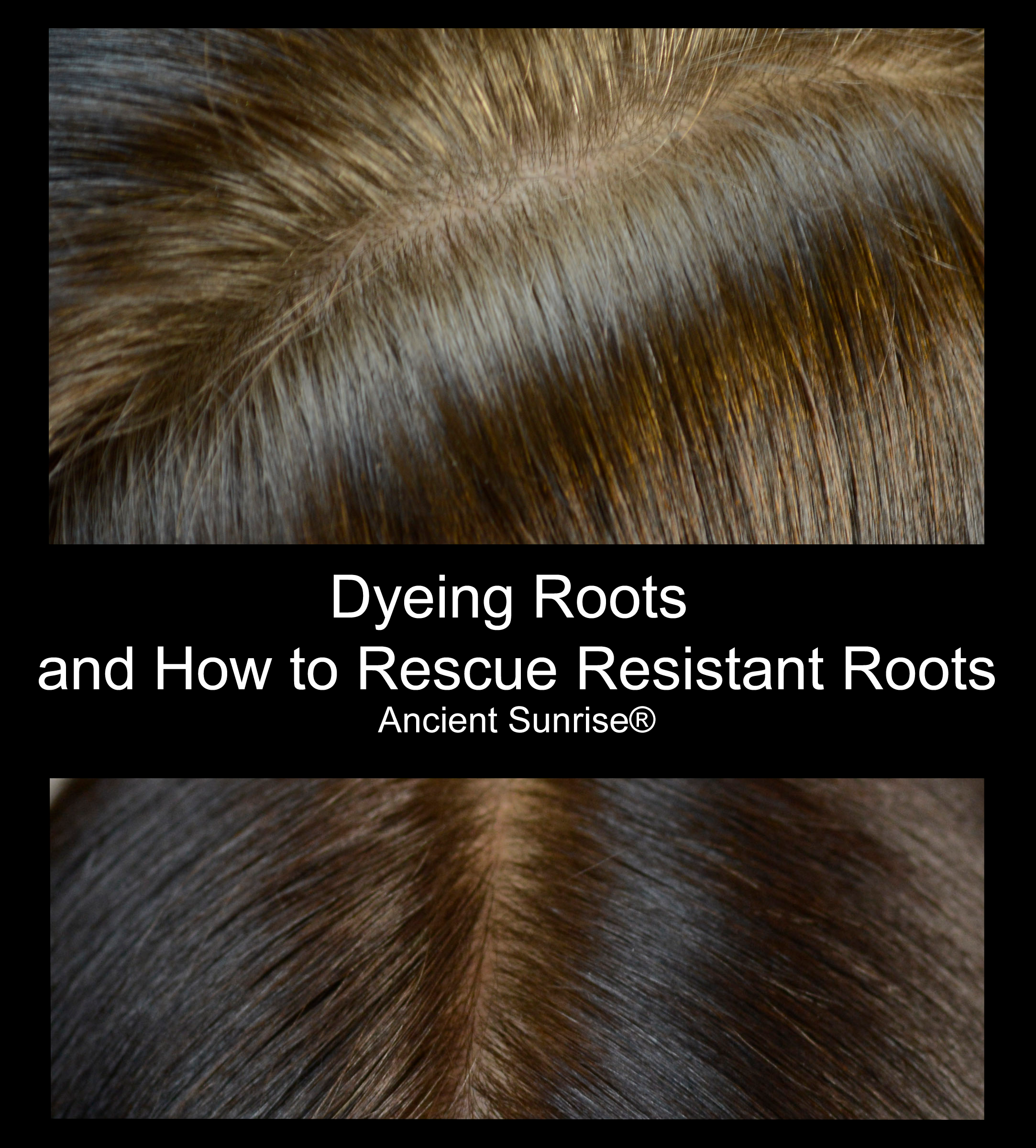


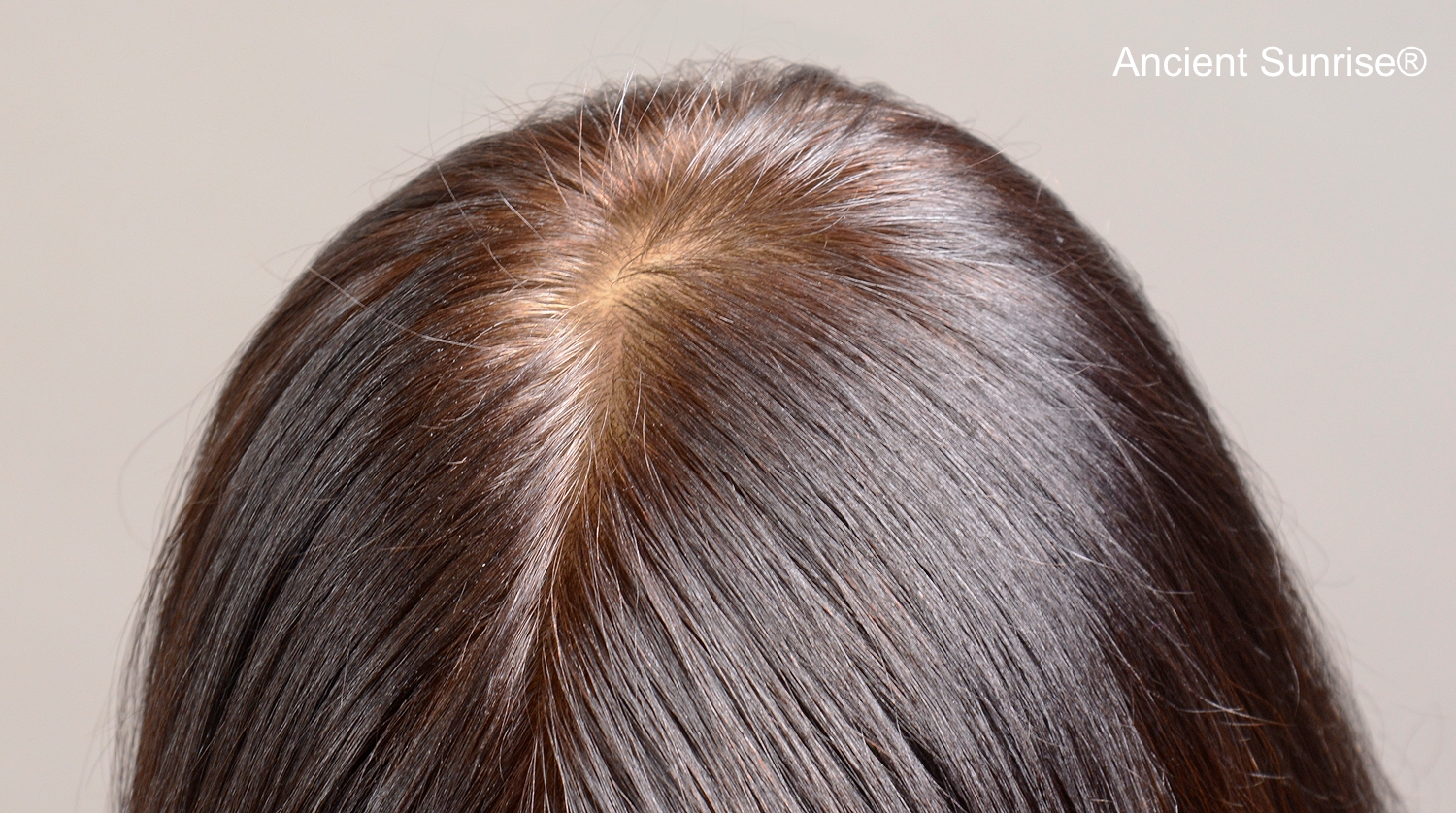

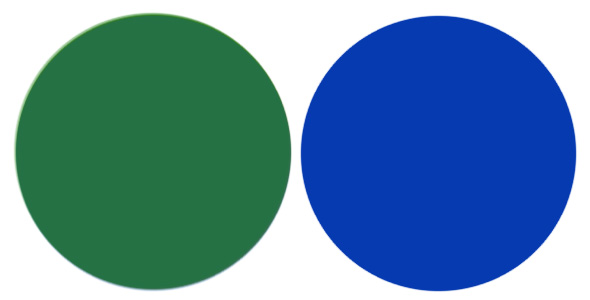




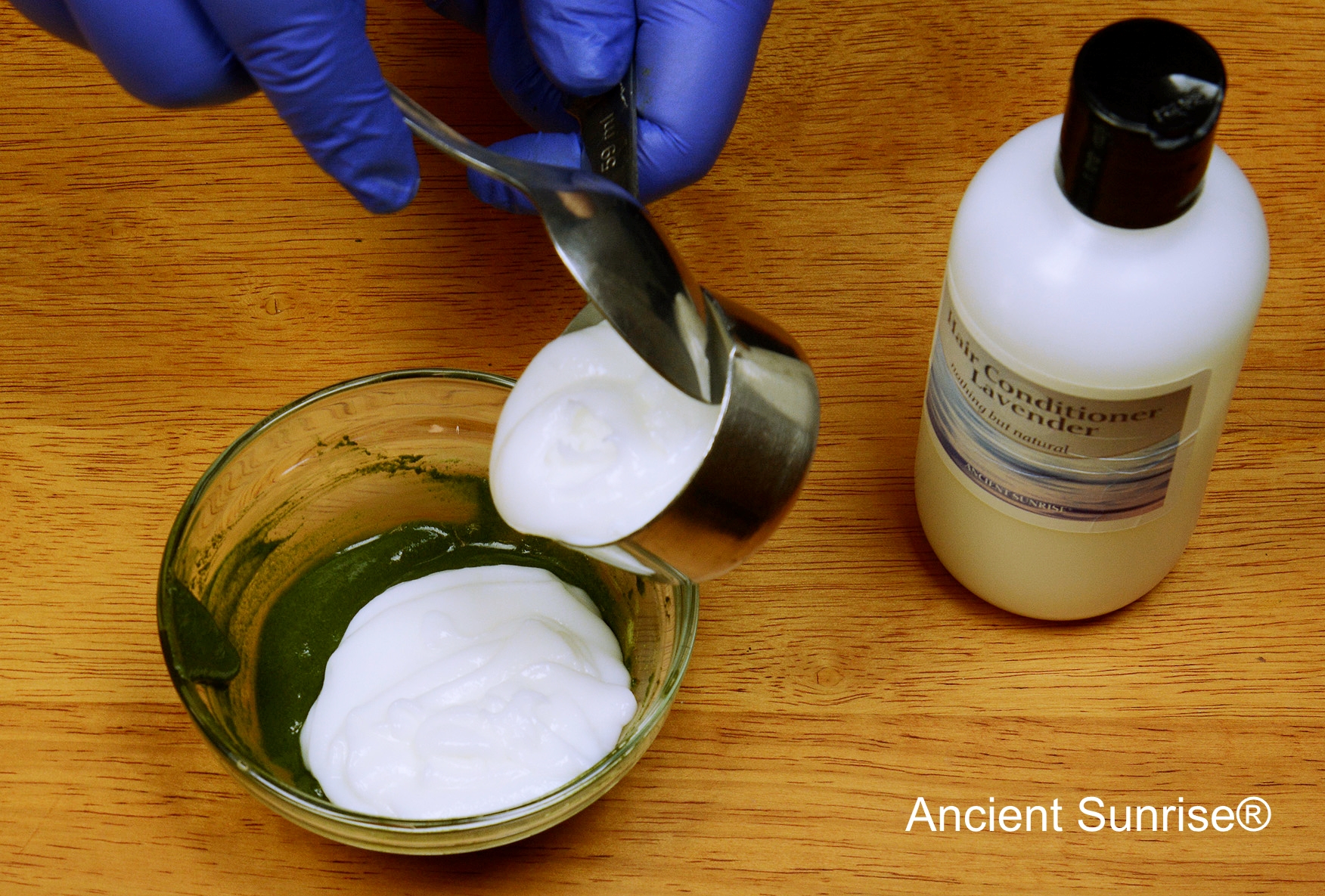
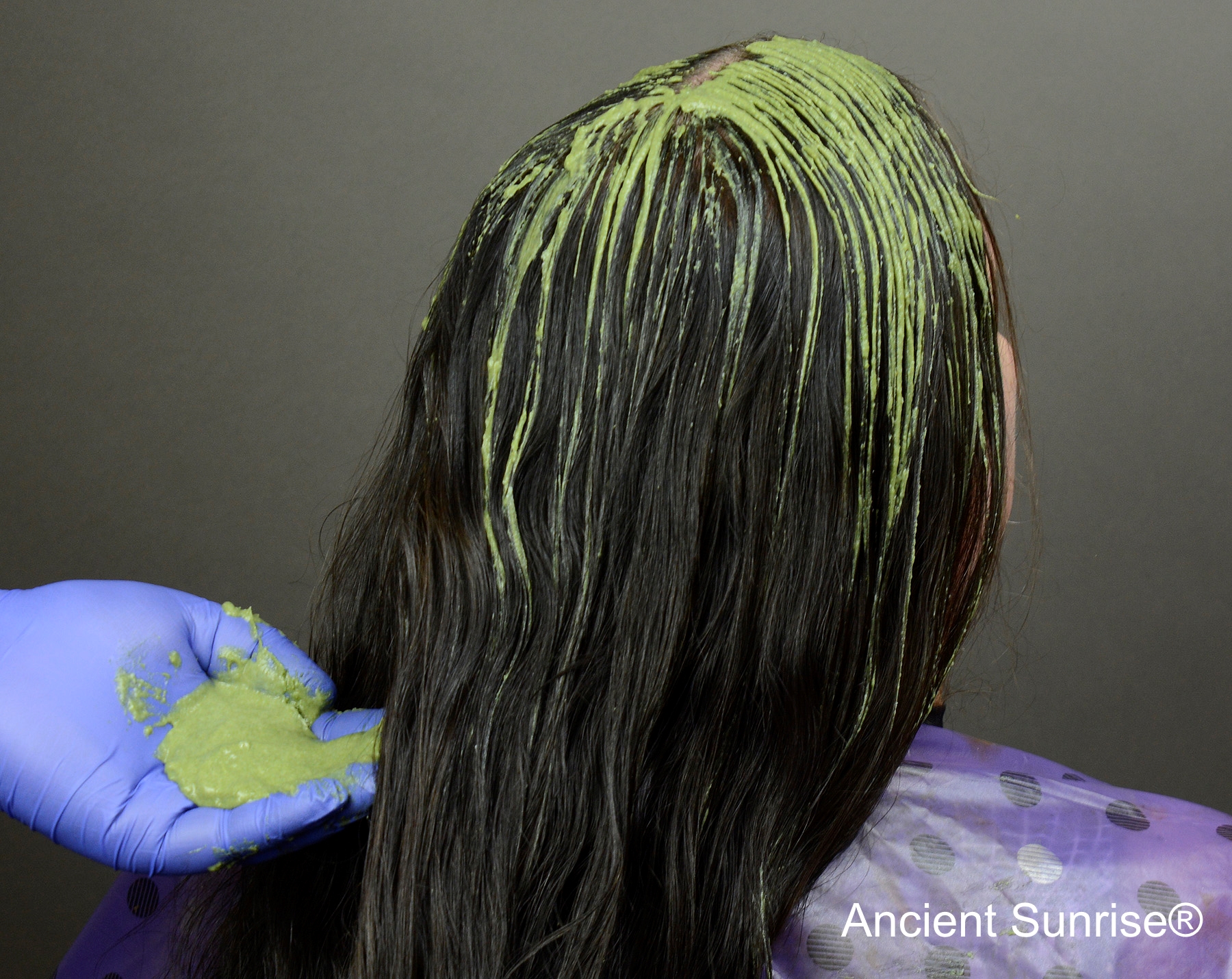
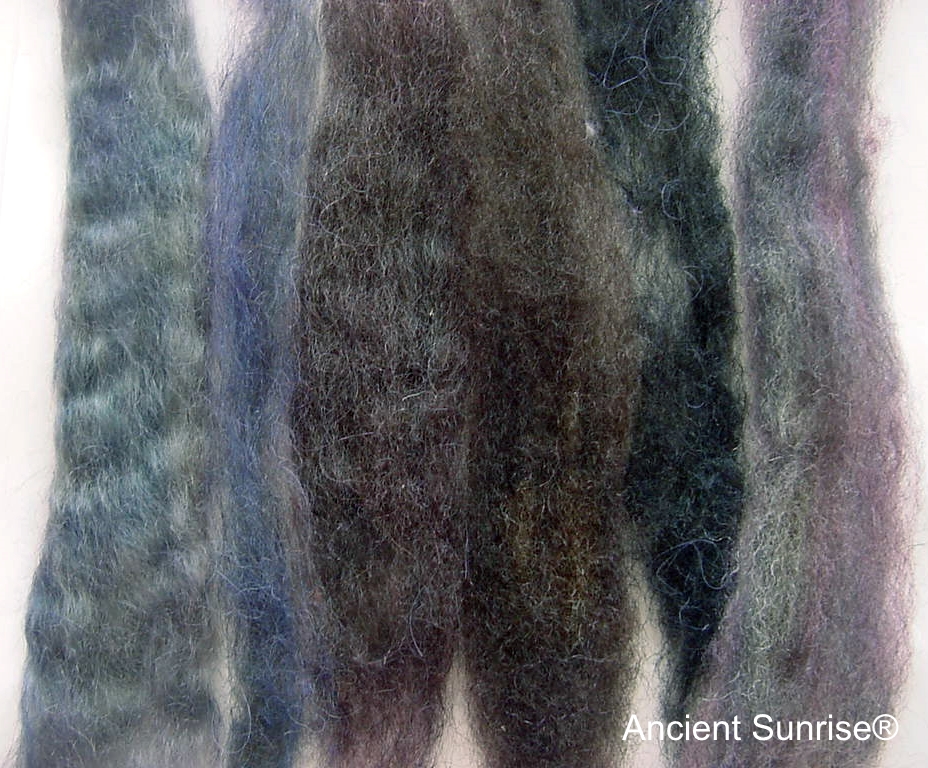
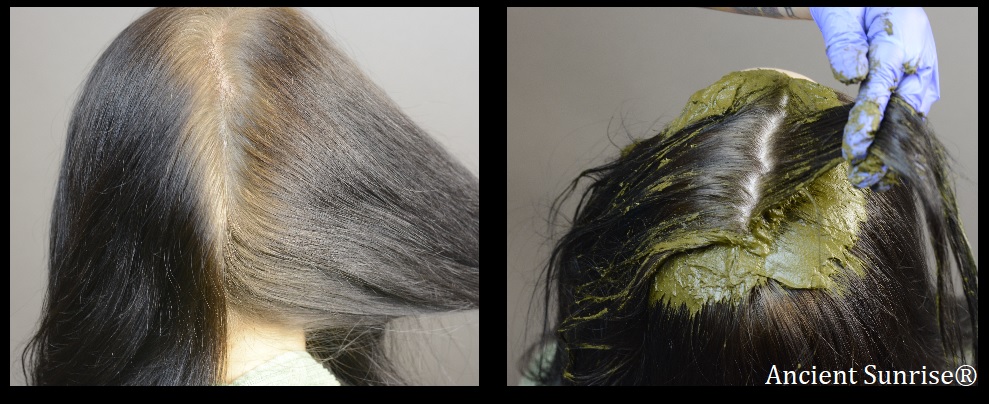
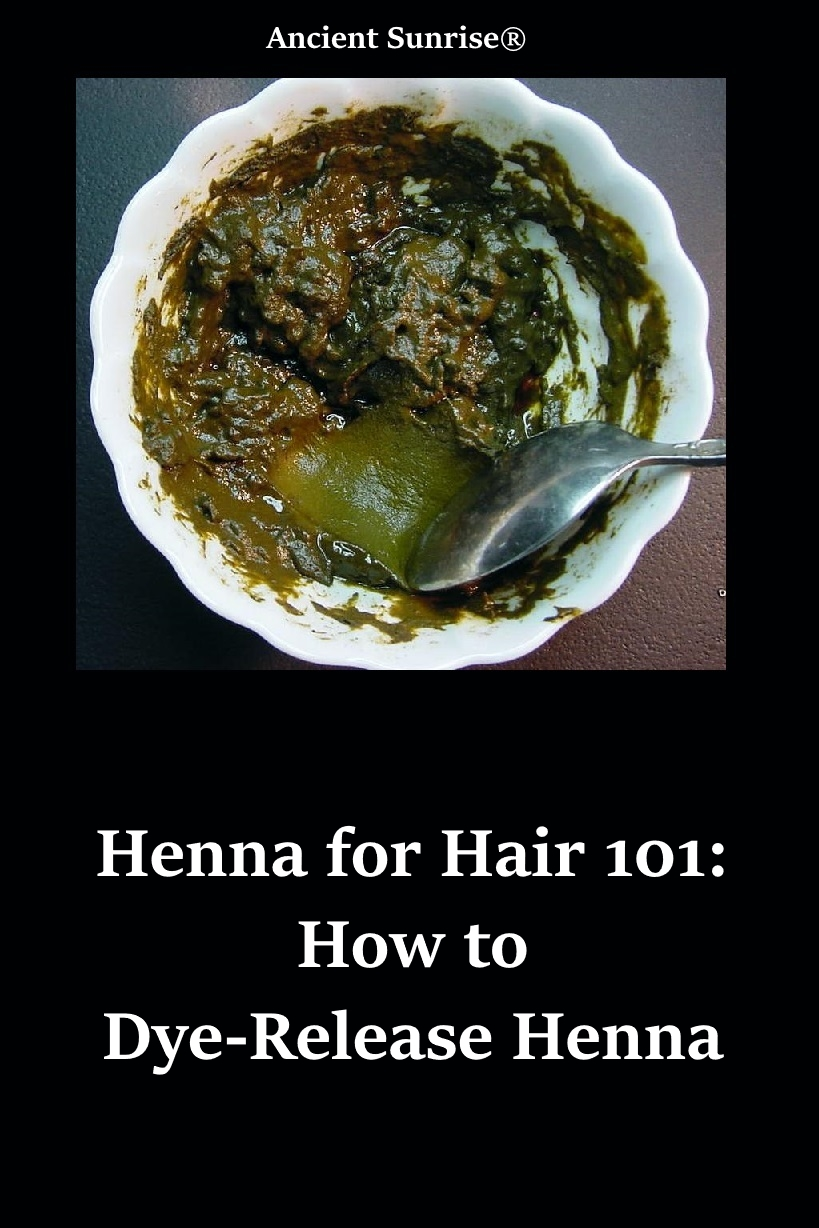
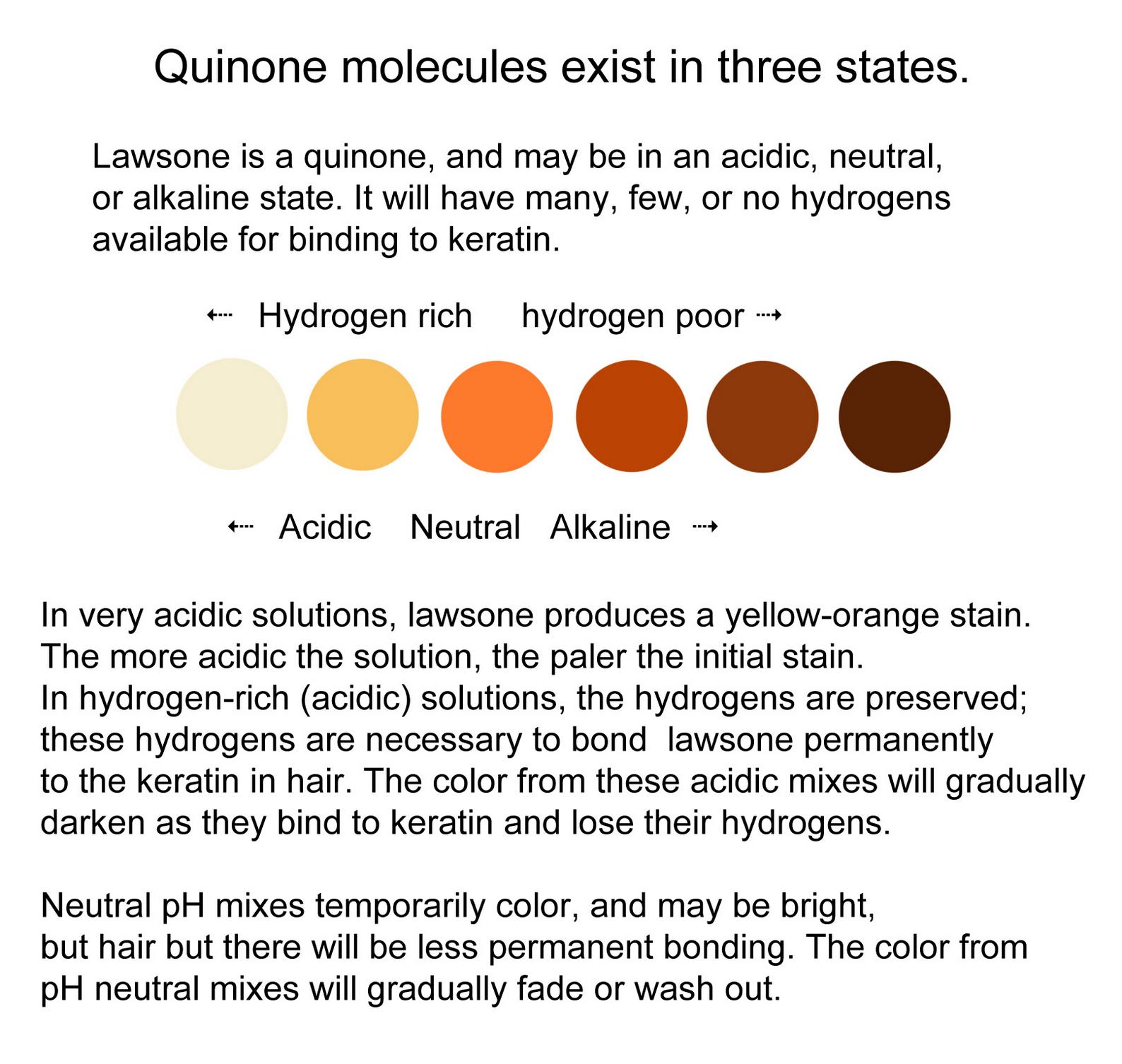



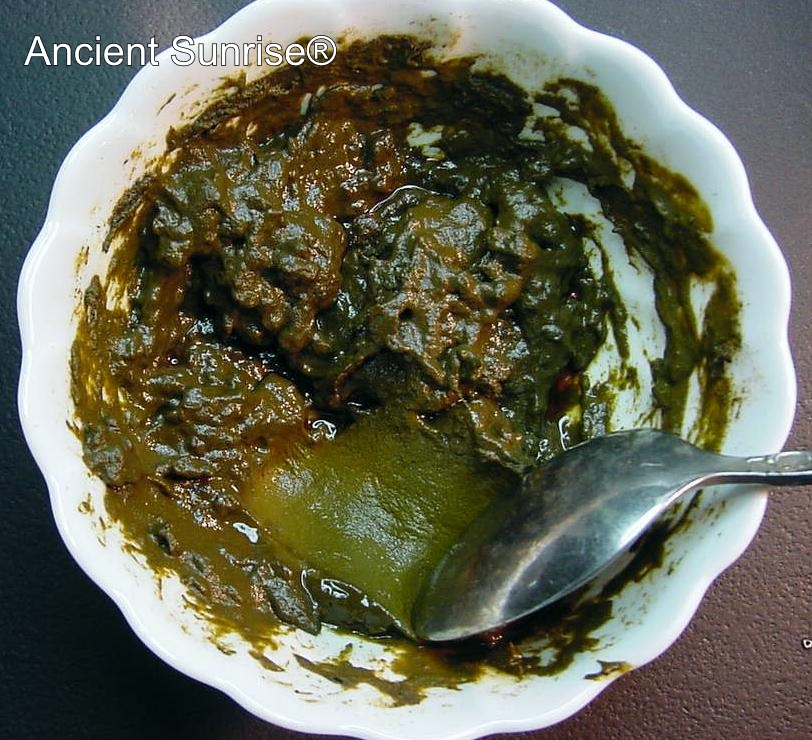
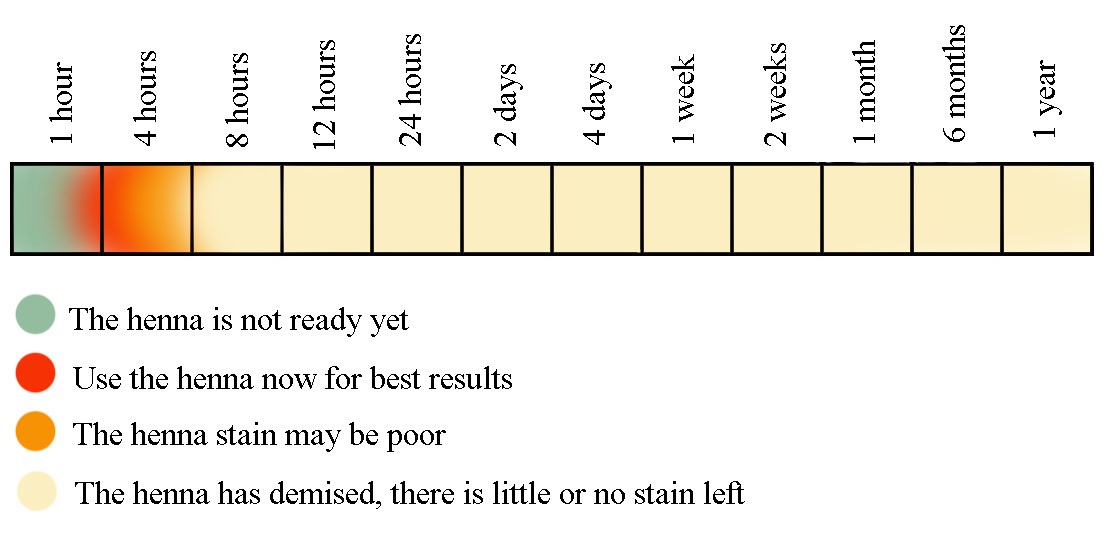
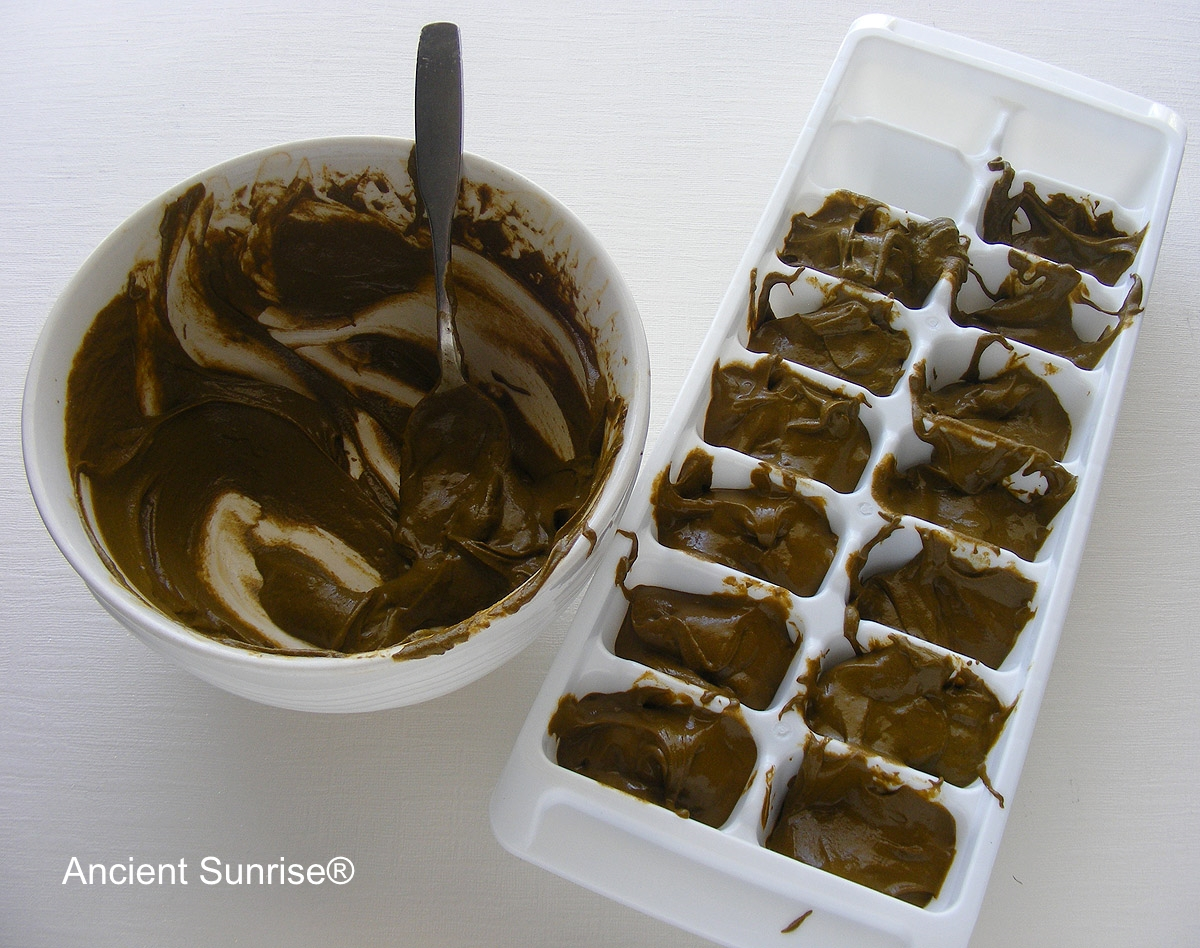
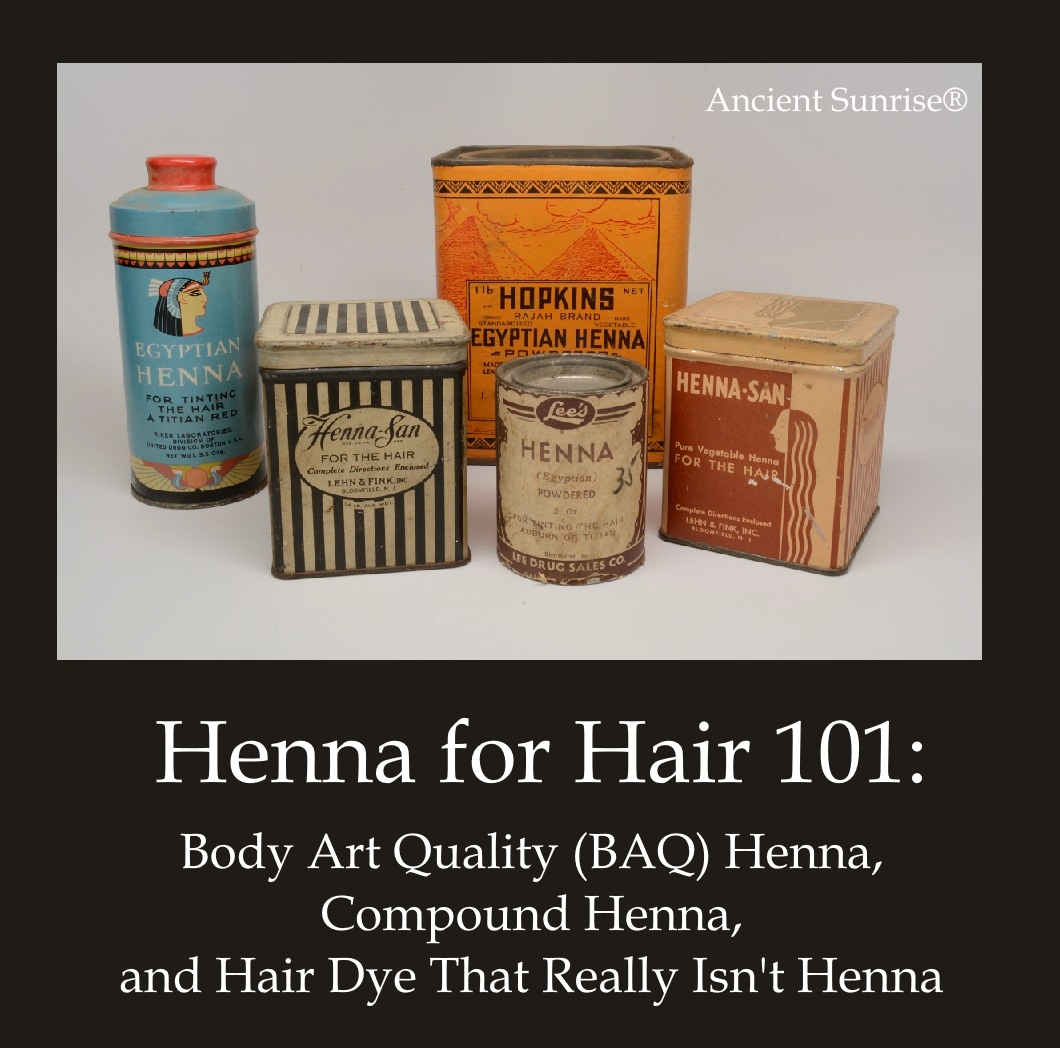
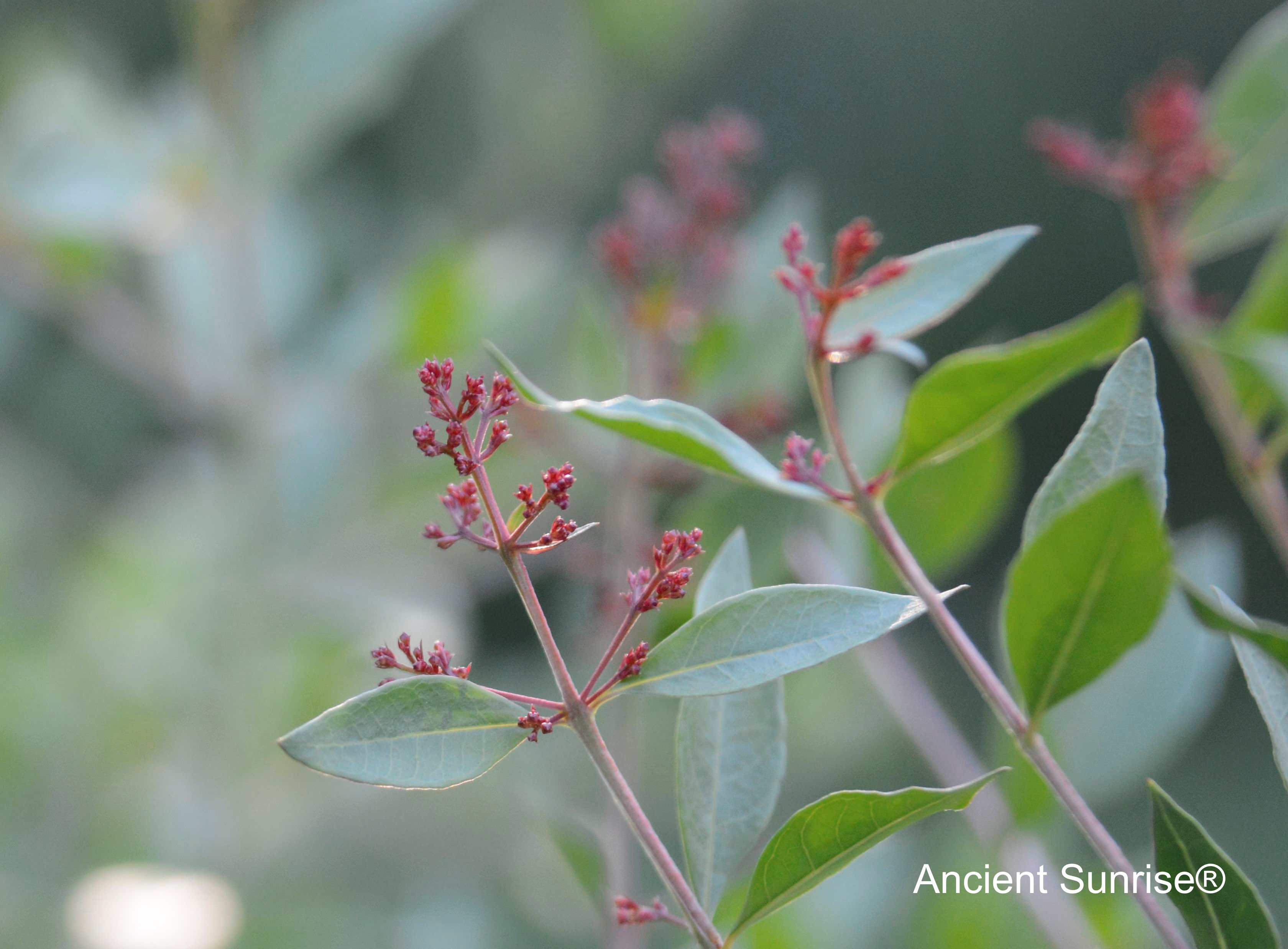




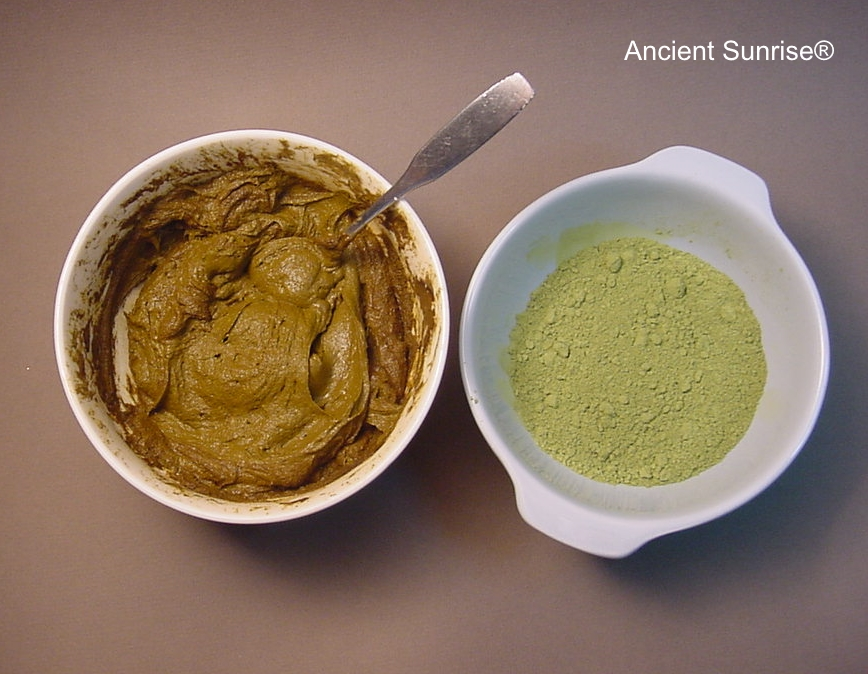
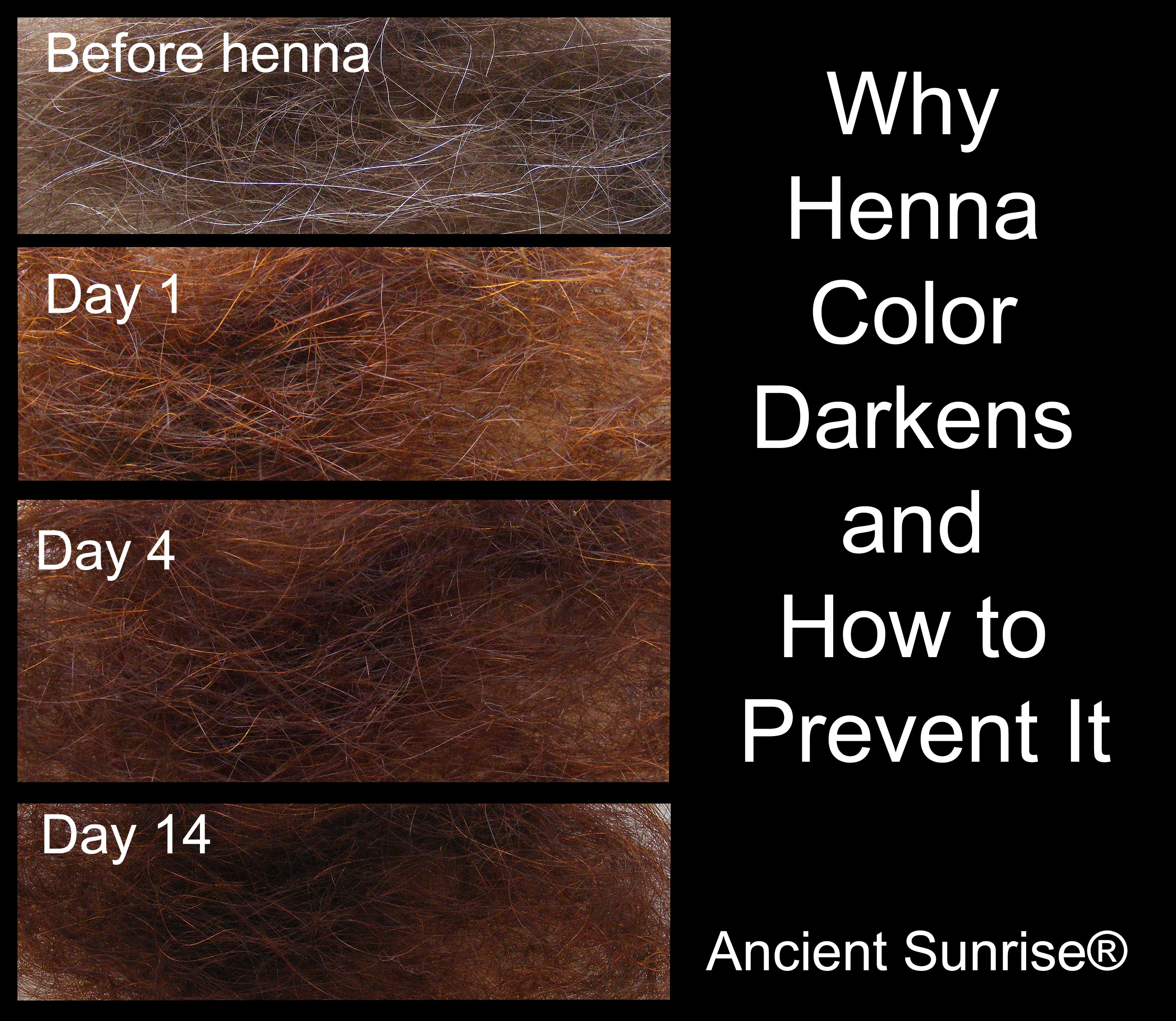



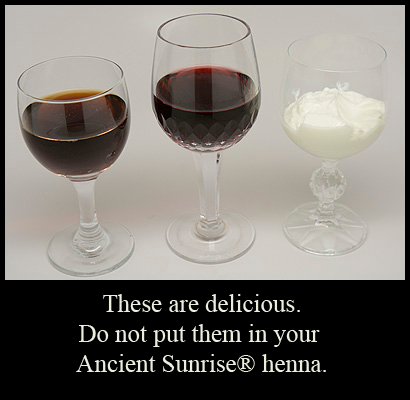


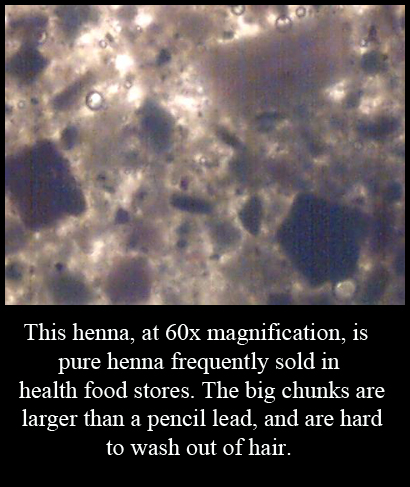
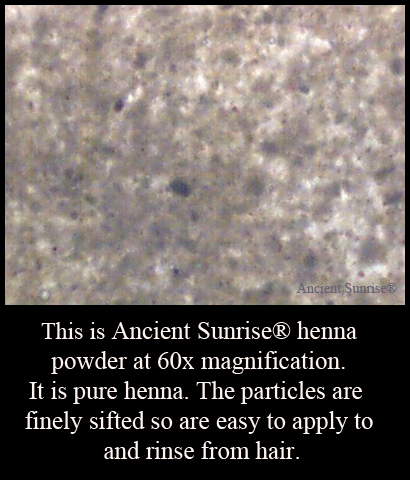
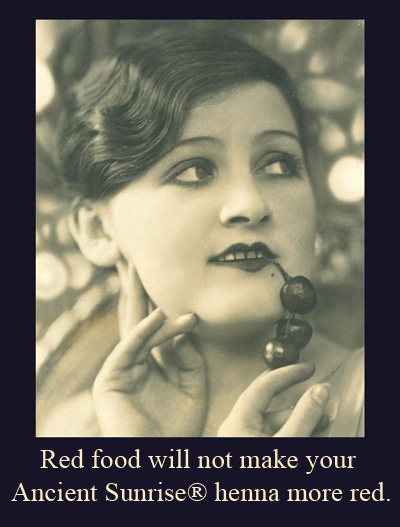
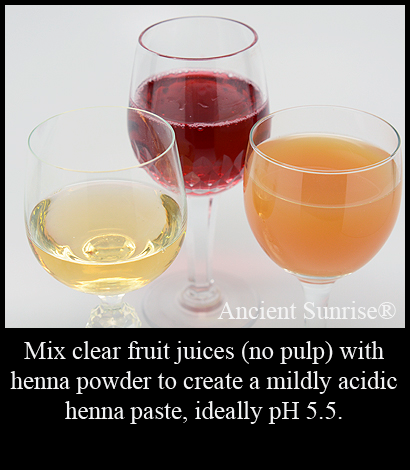
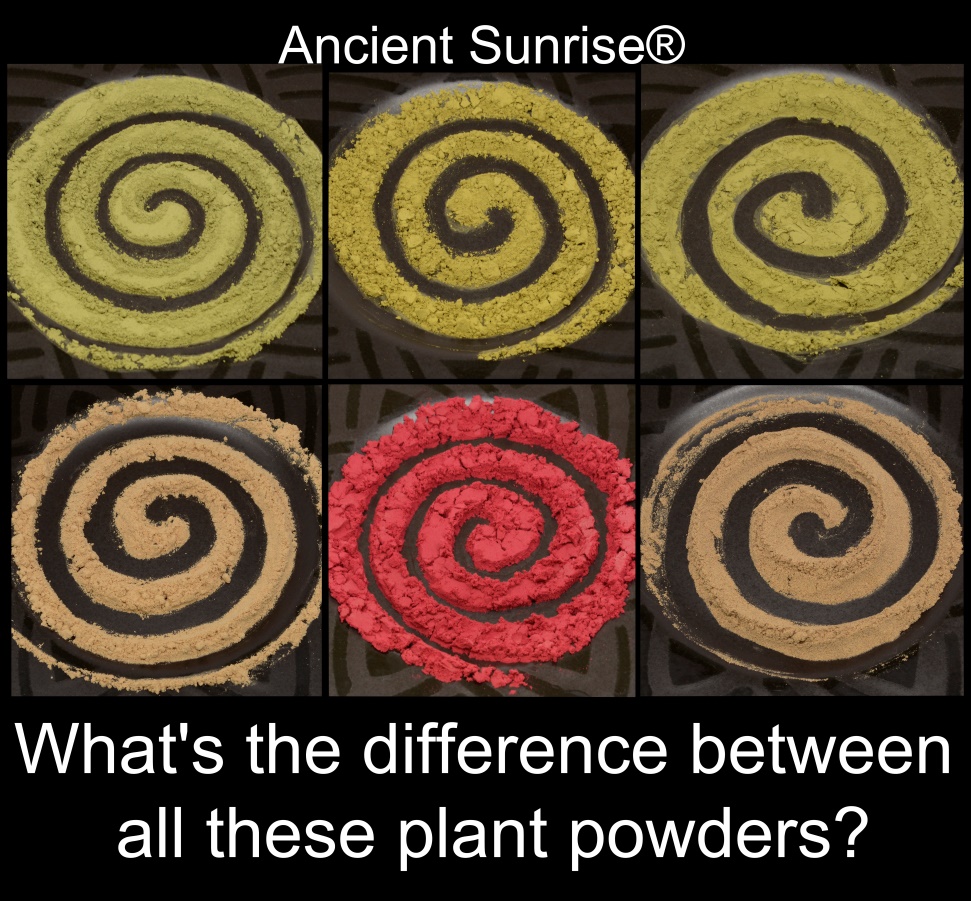 If you’ve read
If you’ve read